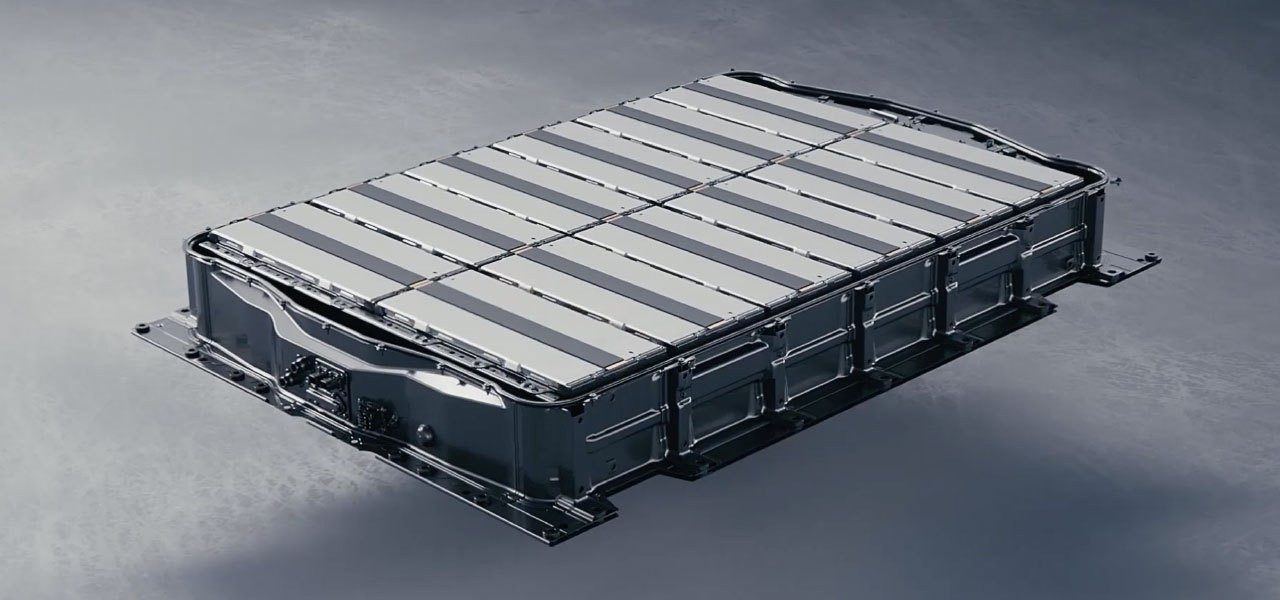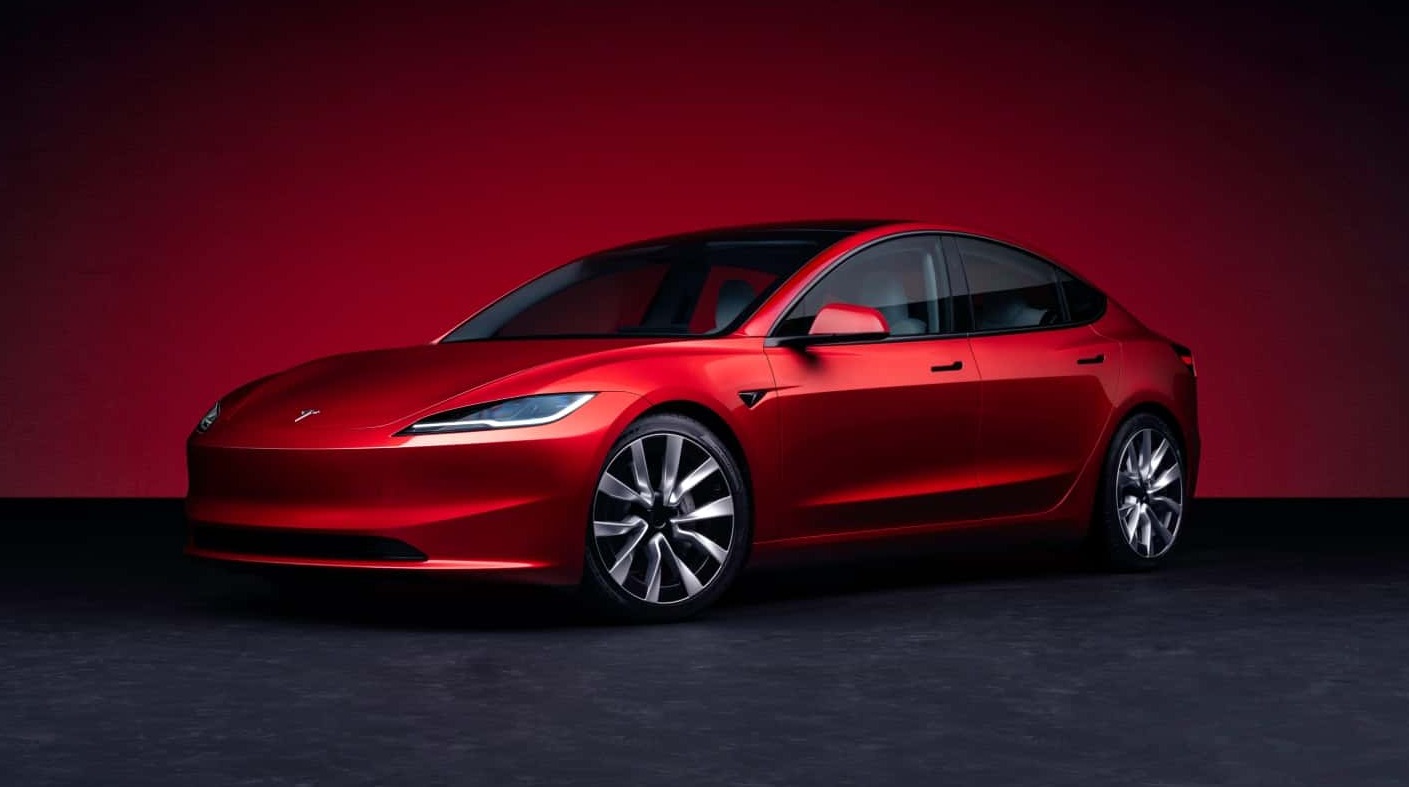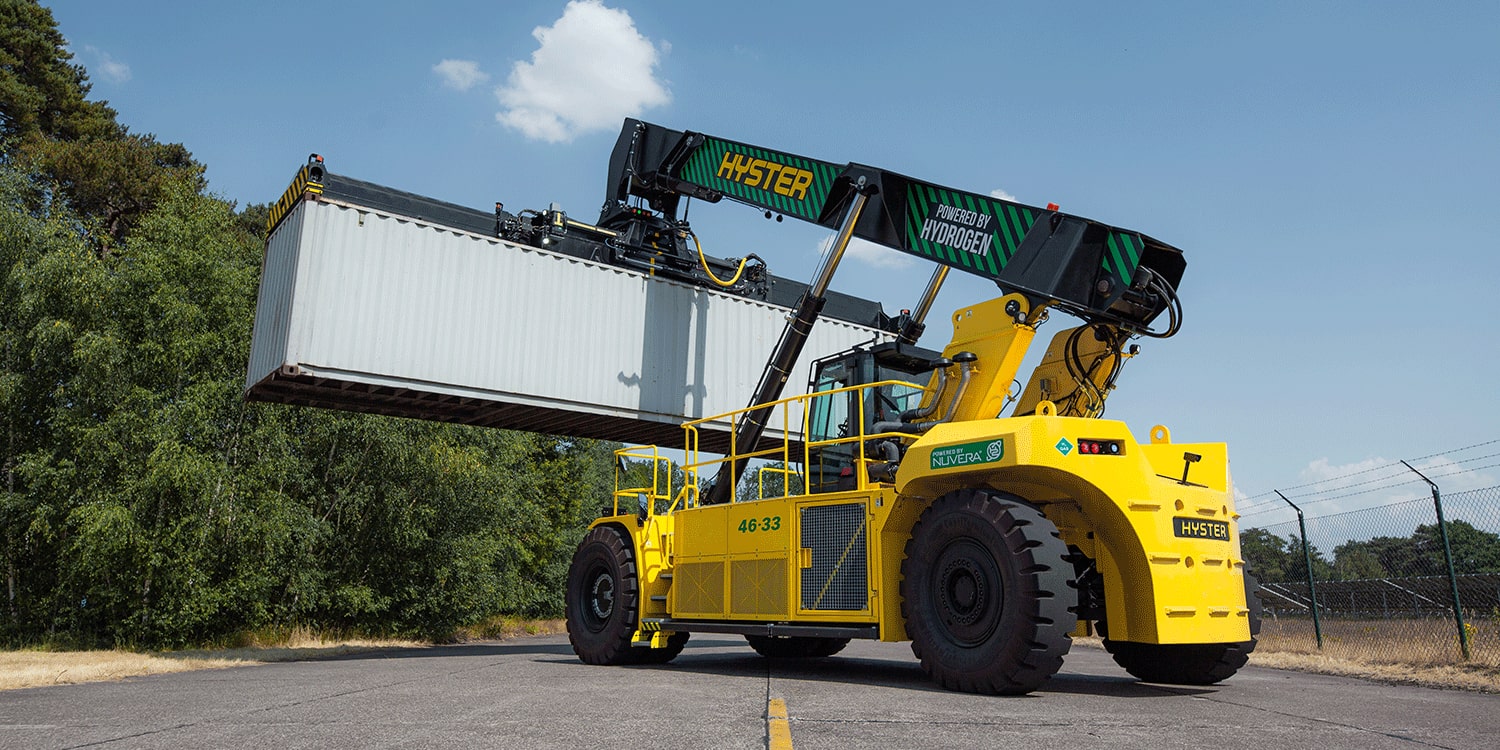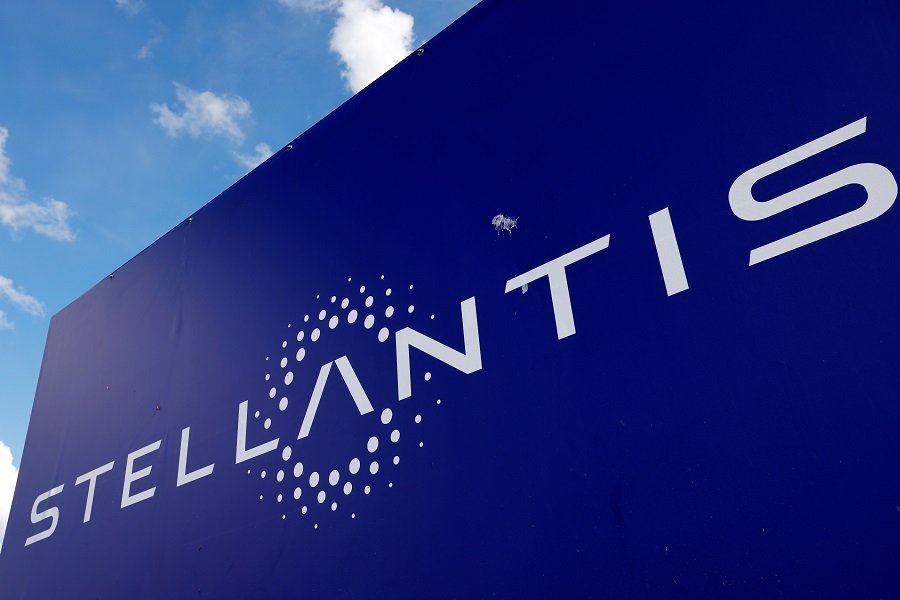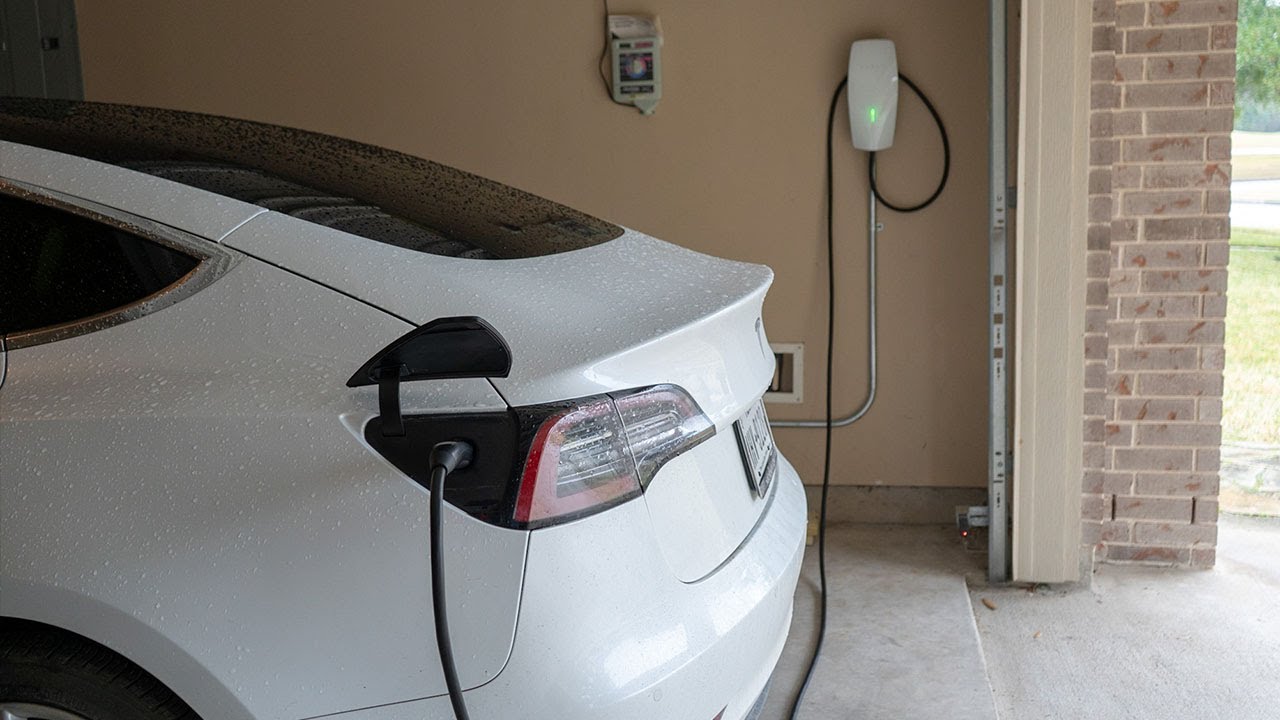In a groundbreaking discovery, volcanologists have identified what is believed to be the world’s largest lithium deposit in the western United States, presenting a significant opportunity for the electric vehicle (EV) industry. Situated within the McDermitt caldera, straddling the border between Nevada and Oregon, this vast reserve of lithium is thought to have formed approximately 16 million years ago following a super volcano eruption.
Although the final assessment is pending confirmation, initial estimates suggest that this lithium-rich site may house an astonishing 120 million tons of the valuable mineral. Such a monumental find could prove to be a game-changer for the EV industry.
Remarkably, the McDermitt caldera’s lithium deposit surpasses the renowned salt flats in Bolivia, which were previously regarded as the largest lithium reserve globally. The significance of this discovery is further accentuated by the fact that the lithium concentration within the McDermitt caldera is notably high.
Researchers, in an article published by the journal Science Advances, described the sedimentary lithium resources within volcanic regions as typically shallow and characterized by high tonnage, with minimal waste-to-ore strip ratios. Notably, the Illite-bearing Miocene lacustrine sediments found in the southern part of the McDermitt caldera in the USA, specifically at Thacker Pass, exhibit exceptionally high lithium grades.
For the United States, this discovery holds immense strategic importance as it previously lacked access to a major lithium deposit. However, the development of the site is not without challenges. Two Native American tribes located on the Nevada side of the caldera assert that mining activities would infringe upon sacred land, while environmental concerns have prompted protests from various groups.
Nonetheless, geologists at Americas Corporation believe that, with effective stakeholder collaboration, mining operations could commence as early as 2026. Such a development could significantly contribute to meeting the surging demand expected in the EV industry, which is projected to grow eightfold by the year 2040.

